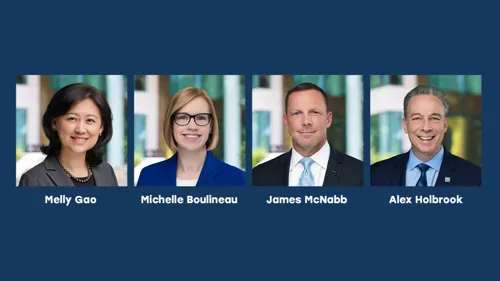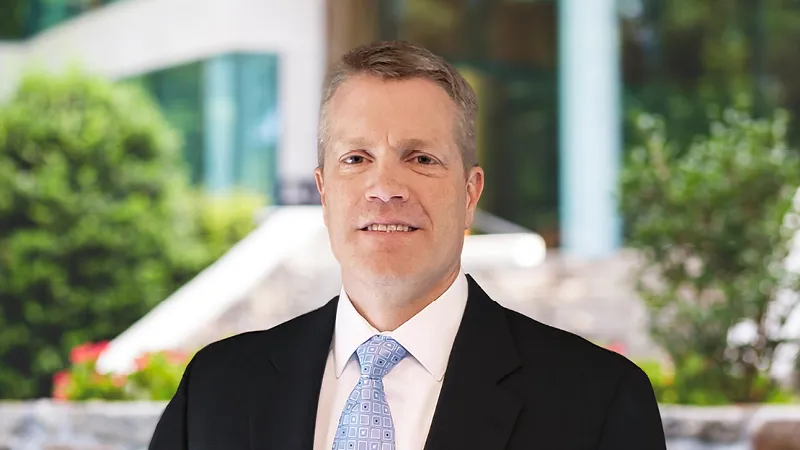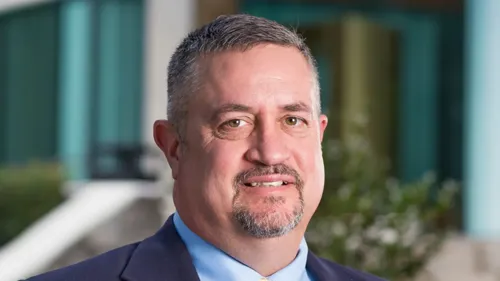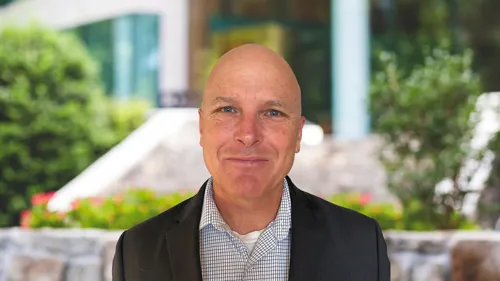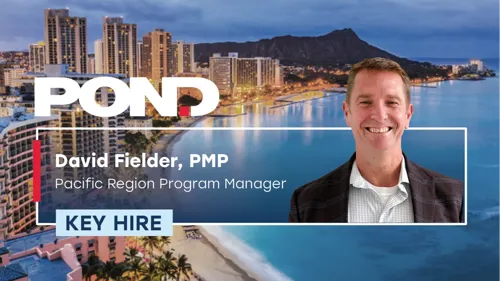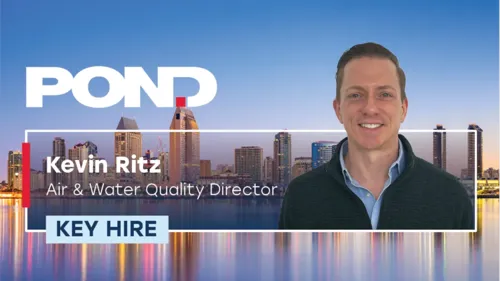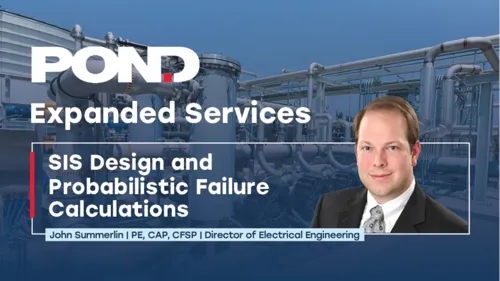Measuring The Value of Leadership Training

| The Society of American Military Engineers (SAME) is hosting their Joint Engineer Training Conference and Expo (JETC) on May 10, 2022. Pond Federal Program Manager and Associate VP, Pam Little, is being inducted as SAME’s Southeast Regional Vice President at this conference. Using the SAME Leadership Development Program as a case study, she will be presenting her findings on the efficacy of implementing leadership programs in companies and how to measure their success. |
What is the value we get from training employees to be leaders? What is the measurable return of doing so? Leadership training is vital to the overall health of a company, but ROI is difficult to measure, so many companies often don’t understand its importance.
Companies large and small, private and public, often struggle with the same problem: developing quality leaders. The quality of the service or product from a company is often reflective of the quality of leadership present within, and poor leadership is commonly seen as the primary reason for employee turnover.
Leadership development training is a $366 billion industry1. It is critical to employee retention and job satisfaction, as 57% of employees have left a job because of management, and another 32% have considered leaving for this reason2. This prompts valid reasoning for the necessity of training leadership to set employees up for success. The challenge is that many leaders feel they don’t have the right tools to do the job. Managers often cite not having enough time or too many responsibilities to focus on development for themselves or engaging their team.
Studies show that leadership training improves performance by 20%, but while 83% of businesses say that leadership development is important at all levels, less than 5% of companies have actually implemented leadership development at those levels3. It’s clear that training is invaluable to businesses to help keep everyone moving towards a common goal. That’s why I chose this topic for my Leadership Development Program capstone project.
So, what did I learn? Integrating accountability to ensure effectiveness is arguably the most important part of developing a strong leadership program. Second is measuring and communicating the ROI of leadership development. This is critical because buy-in from senior leaders is necessary for a development program with lasting impact. When it comes to the foundational components, any leadership development program should include:
These aspects are difficult to measure quantitatively, but my goal is to explain to business leaders a way in which they can effectively measure levels of improvement once these developmental practices are put into place. Choosing an effective measurement depends on the objectives of the program. Areas where measurements can be made include behavioral changes, organization success, individual trajectory, and class objectives, with behavioral changes and class objectives being the two areas most likely to have subjective measurement. Organization success and individual trajectory are areas where metric-based measurements are more easily made, but of course these items are often not solely tied to the success or failure of leadership training.
Many businesses struggle with validating the investment of leadership training across all industries. I’m sharing my findings with the goal to help organizations prove what is working and what isn’t so that leadership development can be more efficient and innovative, allowing companies to better understand and embrace change.
About Pam:
Pam Little, PE, PMP, Federal Program Manager and Associate Vice President at Pond
With 20+ years of experience, Pam strives to create sustainable engineering solutions for federal and defense clients. While advancing her career in the federal space, Pam has been a leader across multiple industries. She is an active board member for Commercial Real Estate Women (CREW) Atlanta, which works to transform the commercial real estate industry by advancing women globally. She is also the co-chair for Pond’s internal women’s resource group focused on building an inclusive and engaging workplace.
- Source 1: https://trainingindustry.com/wiki/learning-services-and-outsourcing/size-of-training-industry/
- Source 2: https://www.prnewswire.com/news-releases/new-ddi-research-57-percent-of-employees-quit-because-of-their-boss-300971506.html
- Source 3: https://www.researchgate.net/publication/318737359_Leadership_Training_Design_Delivery_and_Implementation_A_Meta-Analysis
About Pond
Pond is a full-service consulting firm providing integrated engineering, architecture, planning, and construction management solutions to public and private clients since 1965. Our staff, located throughout the U.S. and globally, is committed to delivering tailored solutions. Recognizing that clients benefit the most when multi-disciplined expertise is leveraged, Pond builds teams based on client and project requirements, regardless of location, reinforcing our “One Pond” culture.













